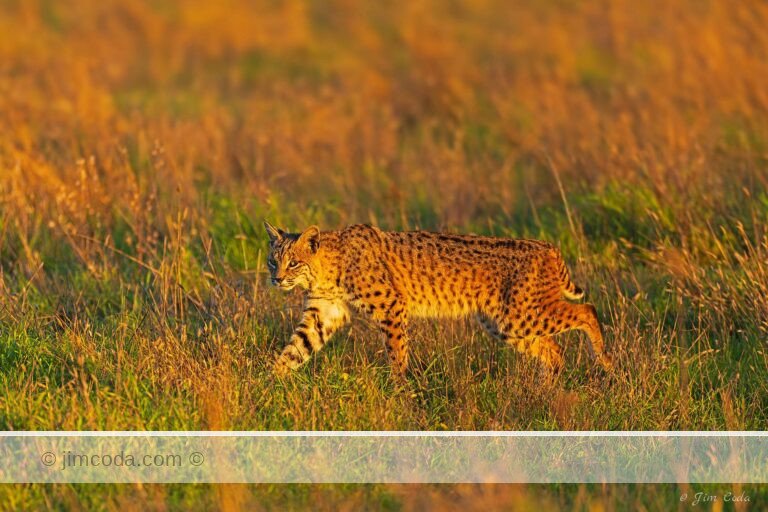Tag: deer
Blacktail deer clears a fence at Point Reyes.
The most common way barbed-wire fences kill deer and elk...
Barbed Wire Fence Is 56 Inches High, Not the Preferred 40 Inches
On January 15 I wrote about a new fence...
A friend read my blog about the new fence along Sir Francis Drake Boulevard and sent me two photos. ...
New 48″ High Fence
New Fencing Along the Newly Reconstructed Section of Sir Francis Drake Boulevard...
I hope the bobcat that I wrote about in my last blog is OK. It may not have looked like it was very...
A Bobcat Daydreams.
I went to Point Reyes a couple of days ago. It had been a while. When I arrived...
Bobcat on the Run
I went out to Point Reyes for a while today. I saw two bobcats and a coyote, not to...
No articles found
Prints for sale
Browse my selection of photos for sale as fine art prints
Filter by category
Sorry, no prints in this category









